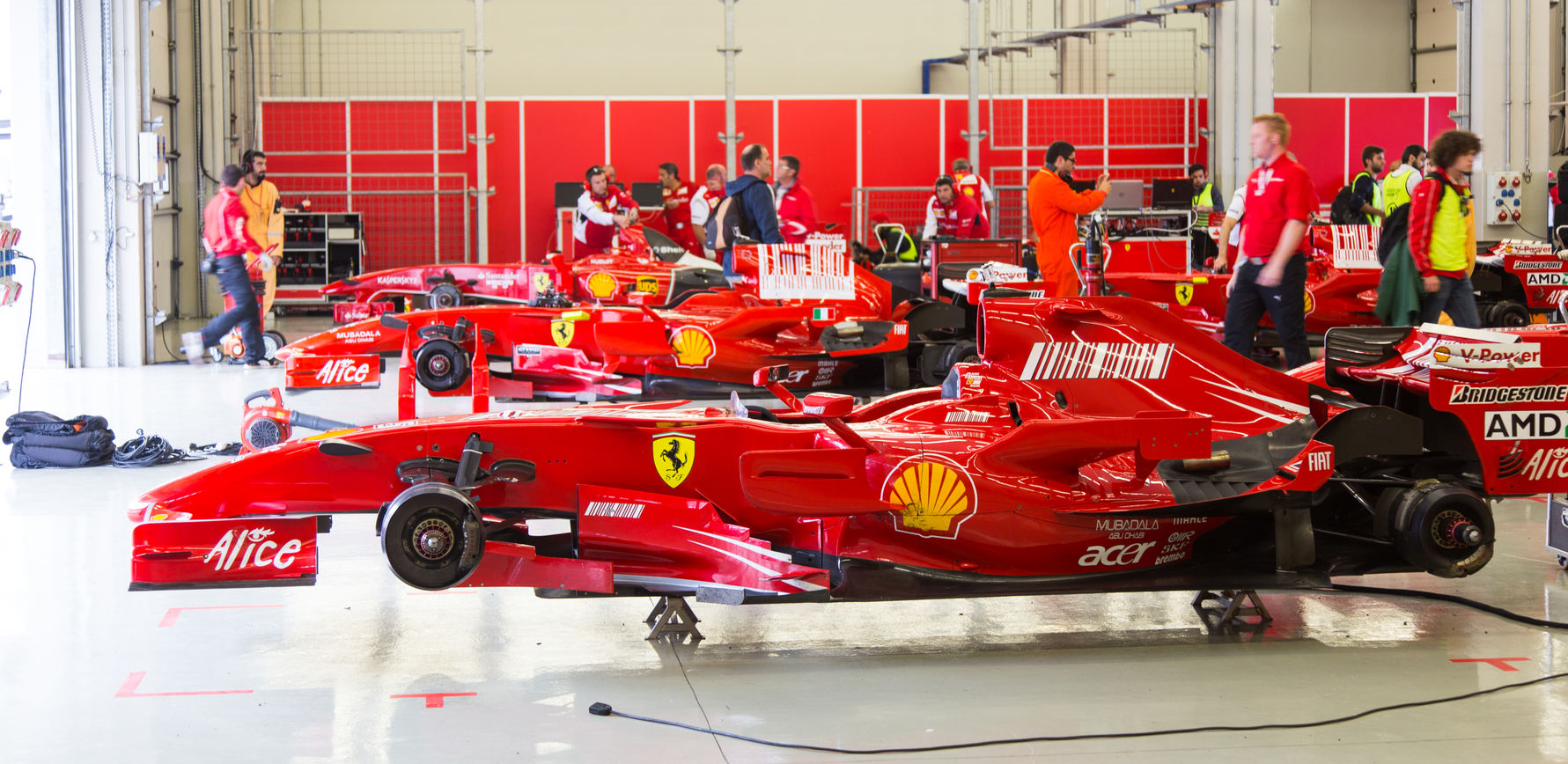Five ways F1 technology is supercharging our world

TL:DR: Formula One racing has been a key driver of innovation in the automotive industry. But some of the technological solutions developed for F1 racing can be adopted by other sectors as well. Find out how F1 technology is making a difference in public transport, healthcare and even the supermarket.
For more than sixty years, Formula One (F1) has thrilled audiences with high tech cars and high-speed chases. But if you thought F1 racing is an expensive sport that only serves as entertainment, think again.
At the core of F1 racing is engineering, and the billions of dollars poured into optimising vehicle performance have also yielded technologies that are useful beyond the race track. Here are five ways in which innovations developed for F1 have influenced other aspects of society.
Improving public transport
Perhaps the most intuitive offshoot application of F1 technology is in transportation. In March 2018, Singapore’s rail service provider SMRT and McLaren Applied Technologies (MAT), whose electronics division manufactures parts for F1 teams, entered into a partnership to bring race car condition-monitoring technology to the assessment of train performance.
“Intelligent maintenance for transport fleets can be transformative because it enables service providers to adapt better to changing real-world conditions. Knowledge is the key: remote condition monitoring provides a richer insight into the performance of individual components, and our simulation technology enables us to model their service life with greater fidelity as we capture and analyse that operational data. Those insights can facilitate more optimal service schedules, allow better use of maintenance capacity and reduce the likelihood of trains being unavailable for customer use,” said Mr Michael Shearer, managing director of MAT in an interview with TechNews.
Augmenting surgical training
F1 pit crews can get a car back in tip-top shape in seconds, and this takes a massive amount of training and coordination. Surgeons perform a similar function for humans, and their training is arguably even more rigorous.
In the operating theatre, F1 technology can be used to track the skill of a surgeon objectively. For example, in a collaboration between MAT and the University of Oxford, UK, a sensor was placed on a surgeon’s elbow during an operation to collect data which was then analysed in real time by computers.
Surgeons thus received prompt feedback on whether they were performing a procedure to the level of competence required. For patients, this could translate to safer and better outcomes after surgeries.
Transporting infants safely
When you’re travelling at 300 kilometres an hour, any crash could be lethal. But in F1, technological solutions have been developed to better protect drivers in the event of an accident. One key innovation is carbon fibre, which is a lightweight material estimated to be ten times stronger than steel.
Using this same material, Williams Advanced Engineering (WAE), a subsidiary of the Williams Group in F1, and Advanced Healthcare Technology have created the Baby Pod 20—a transport device capable of withstanding a 20 G-force crash.
The Baby Pod 20 has been deployed in intensive care ambulances at the Great Ormond Street Hospital in the UK, providing unparalleled safety for babies as they are brought to the hospital for emergency care.
Boosting productivity in manufacturing
For fast moving consumer goods such as toothpaste, manufacturing must keep up with market demand. Pharmaceutical giant GlaxoSmithKline, which produces Sensodyne and Aquafresh toothpaste, thus sought out F1 expertise to decrease the time taken to switch between the production of their two toothpaste brands.
Given the need for speed, MAT took their approach to pitstop efficiency and applied it to GSK’s production lines, helping the latter develop processes and technology that reduced the changeover time of its production facility from 39 minutes to 15 minutes, effectively doubling productivity. This allowed GSK to fill an additional 6.7 million tubes of toothpaste per year, without compromising the safety or quality of the products.
Enhancing energy efficiency in supermarkets
The next time you walk down the chilled goods aisle of a supermarket, you may want to keep an eye out for technology developed by WAE. In partnership with a company called Aerofoil, engineers at WAE adapted F1 front wing designs for fridges.
F1 cars are all about air flow, so the aerodynamic properties of their parts lend themselves well to other applications where there is a need to channel air in a specific direction. By placing an aerofoil at the front of a refrigerator shelf to redirect cold air down towards the shelf below, supermarkets could enjoy energy savings of up to 30 percent. In this way, F1 technology has indirectly contributed to environmental sustainability.


